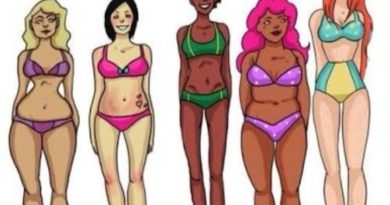Environmental Racism
We are well aware of the social or economic discrimination existing in our society. But there is one more type of discrimination i.e. environmental racism which is more hazardous than any other type. The concept of environmental racism came into being during the environmental justice movement, which happened in the US in 1970s and 1980s. It used to describe the environmental injustice happening against a certain kind of race like African Americans.
WHAT IS ENVIRONMENTAL RACISM?

It refers to a condition when low income or minority communities are placed near environmentally hazardous areas like garbage dumps, etc and vice-versa. It also refers to a condition when these people are forced to work in unsafe or unhealthy environments. These communities are far more impacted by polluting industries and lax regulation of these industries
Some studies have found that race is a more important factor than socio-economic conditions in determining locations of the nation’s commercial hazardous facilities.
Delhi’s air pollution is an example of environmental racism. Well, the largest contributing factor is pollution from vehicles but the people travelling in these cars are actually less impacted by its harmful effects than poor people. It was found that higher levels of particulate matter are found in the city’s poorer neighborhood
HARMFUL IMPACTS OF ENVIRONMENTAL RACISM
As a result, these people suffer from many diseases and generally have a low life expectancy. They have a poor quality of air, water, sanitation, and no electricity. There are also not enough shops due to the awful environment thus they also lack access to basic commodities. They are basically deprived of all the basic human rights and forced to live in inhuman condition
WHY MOSTLY POOR PEOPLE SUFFER FROM ENVIRONMENTAL RACISM?

- It’s easy to suppress their voice- Due to their poor economic condition, they don’t have much political influence or support. Thus they are mostly excluded from all social securities provided by the government. Thus they are forced to live in those places as they can’t afford other.

- Lack of land to dispose off waste- Population is increasing day by day but resources are limited. People are using resources in an unsustainable manner and thus generating waste in an unprecedented way. Thus disposal of waste has become a big problem. Therefore these wastes are generally disposed off in the countryside near-poor people’s inhabitants. Disposal of some toxic wastes causes soil, air, or water pollution. Thus these people get exposed to poor soil, air, and water which is harmful for our body.
- Lack of waste management- Least developed and developing countries have become waste dumping sites of developed countries. Many waste segregation and management policies have been made in these less developed countries but their implementation and accountability are questionable.
- Lack of sensitization towards poor- Governments are not taking enough steps to improve their conditions. It has failed miserably to provide them dignified life and thus is indirectly responsible for environmental racism.
ENVIRONMENTAL RACISM AND CLIMATE CHANGE

Least developed or developing countries have relatively contributed less to climate change than developed countries but they are experiencing far more negative impacts of climate change like floods, drought, landslides. Thus the poor living condition of slums because of environmental racism is actually aggravated by destruction’s caused by climate change because they have fewer resources to overcome the damage caused to life and property.
WAY FORWARD

Circular Economy could be the solution for environmental racism and waste disposal. A circular economy is a system which reuses the resources from waste back into the system and thus making sure that nothing goes to waste. Dharavi in Mumbai is a good example of this. By following this it has turned into a 1 billion dollar economy and prioritise things like education.




Very nice